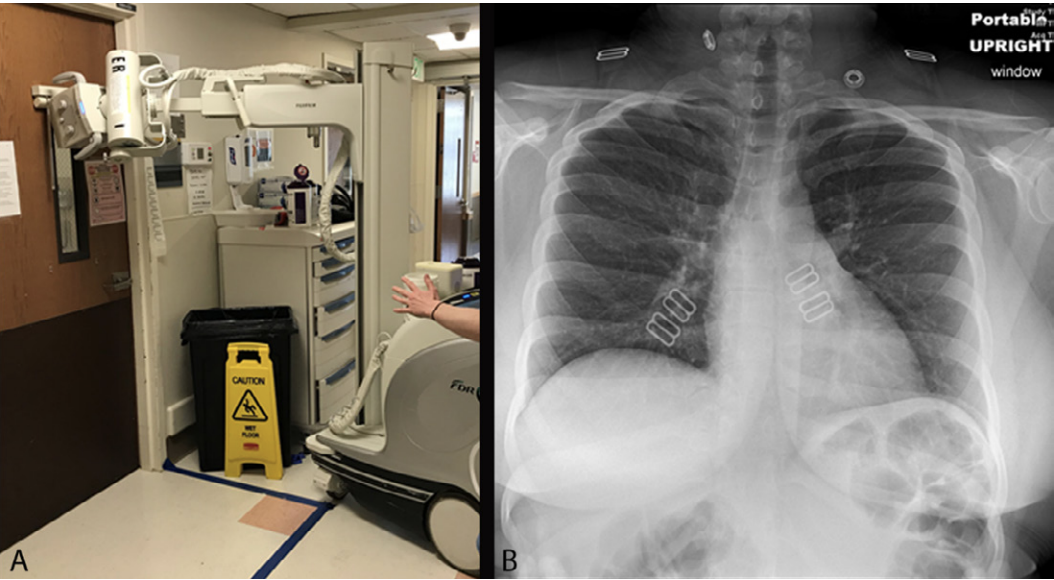Imaging Equipment Playing Key Role In Battling Covid-19
It seems the Coronavirus continues to spread across the world, impacting everything from daily life to the global economy. ربح فلوس In these challenging times, the healthcare sector plays a particularly important role. العب واكسب In addition to protective clothing, respiratory masks and respirators, the ability to test rapidly and accurately is vital. However, rapid testing demands the availability of various laboratory analysers. Meeting the demand for analytical instruments requires that manufacturers continue production, to ensure the continuous supply of critical components across the world.
How to fight the virus?
Researchers around the globe are striving to develop an effective vaccine against the Coronavirus, but this still requires time. bet365.com To combat the further spread of the coronavirus efficiently, immediate detection of the virus is of crucial importance. The aim is to reduce the chain of infection and thus the infection rate. But to identify who is and who is not infected requires that as many tests as possible are performed. Tedros Adhanom Ghebreyesus, head of the World Health Organisation (WHO), famously said during a press conference in March: ‘Test, test, test’.
Rapid tests and test analyzers
To test thousands of people, thousands of rapid tests are required, which in turn calls for great numbers of analytical devices for their evaluation. One common analysis method of these devices is the polymerase chain reaction (PCR). This method is widely used in molecular biology to multiply the patient’s DNA.
How does the PCR test work?
First, a smear is taken from the patient’s mouth, nose or throat. This sample is then sent to a laboratory. Each virus can be identified by a specific characteristic section of its genetic material. However, the quantity of the genetic material from the smear must be multiplied in order for there to be sufficient material to determine whether the pathogen is present or not. For this purpose, so-called thermocyclers are used, which initiate the polymerase chain reaction. In 30 to 50 cycles, the DNA is amplified exponentially.
If the pathogen is present in the sample, its genetic material will multiply and will be detected. If there is no genome of the pathogen, it will not go through the multiplication process and therefore not be detected. Using a fluorescence dye, the amplification of the pathogen genome can be monitored in real time. This is called real-time PCR.
It usually takes several days before the patient receives the test result. To send the sample to the laboratory takes the longest time, the test itself takes up to five hours.
Medical imaging as a further diagnostic tool
Severe cases of Covid-19 are associated with pneumonia, which can lead to changes in lung tissue. As a further diagnostic tool of coronavirus, medical imaging techniques such as computed tomography (CT) and conventional radiography of the thorax are used. Changes of lung tissue are visible in the images obtained through these methods. In some cases, the pneumonia associated changes of lung tissue are already visible despite the test results of PCR being negative. With computed tomography or thorax x-rays, the severity of the disease can be assessed and the clinical indication in severe cases monitored.
Compared to PCR, an advantage of medical imaging is that the results are available immediately. On the other hand, ionising radiation is used in CT and X-Ray, so the health benefit for the patient must outweigh the radiation risk.

